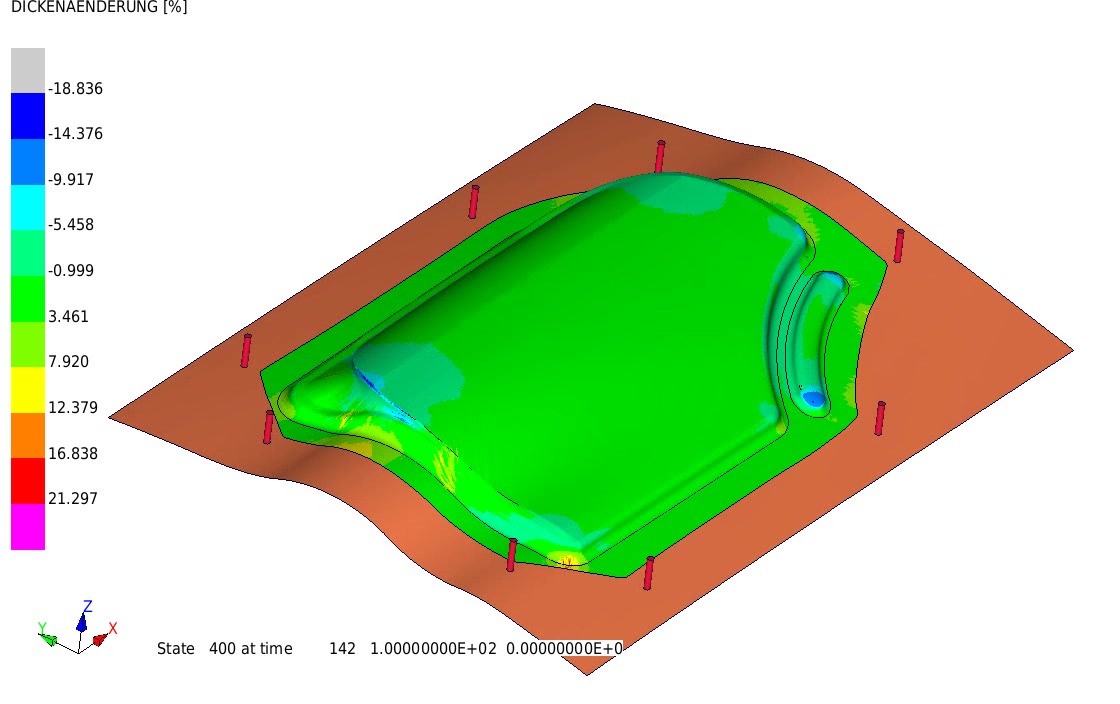5, 2004 XRay 1.1 for Mac OS X is out! Check out the release notes. This is a bug-fix release. All users should upgrade. 3, 2004 The Nudge Contextual Menu 1.01 for Mac OS X is out! This version has a much better installer and some tweaks. 29, 2004 The Nudge Contextual Menu 1.0 for Mac OS X is out! Apple Mail (Mac OS X) Click on the “Mail” menu then choose “Preferences”. Click the Accounts icon “@” along the top of the screen. Select your Rainier Connect account then Select the “Account information” tab. At the bottom should be “Outgoing Mail Server (SMTP)”. For installing it, you need an old Mac OS ROM file and an installed Classic system as available on older PowerMacs. For Windows installation you need additionally to install SDL 1.2 Libraries and a GTK +2 Runtime modul. The old Mac OS, the programs and document files are installed in a virtual disk (a document file in Mac OS X). The best Lisp for Mac OS X is LispWorks. It is commercial though. Installation is done with an installer in a few seconds. It is started then with a double-click from the programs folder. NOTE: The latest versions of Adobe Reader do not support viewing PDF files within Firefox on Mac OS and if you are using a modern (Intel) Mac, there is no official plugin for viewing PDF files within the browser window.
Long-time Mac users know that you can type diacritical characters—for example, â, é, ì, ü, and ñ—by first typing the diacritical (which usually requires the use of the Option key) and then typing the letter. For example, to get ä, you type Option-u and then type a.

If you don’t want to remember the sometimes-obscure key combination required for each diacritical, you can use Mac OS X’s Keyboard Viewer to figure out which combination does what, but it’s a bit of a hassle to have to show and hide Keyboard Viewer each time you want a special character. Another option is PopChar, a third-party utility that provides a drop-down menu for accessing any special character you could ever want to type, but PopChar is probably overkill for many users.
An easier solution—and one that will look familiar to Windows users who use the US International keyboard layout—is built right into Snow Leopard (Mac OS X 10.6). Launch System Preferences, open the Language & Text pane, and then click the Input Sources tab. In the list of input methods on the left, scroll down and enable U.S. International – PC. Then switch to this input method. (The easiest way to do so is to enable, in the same Input Sources tab, the option to Show Input Menu In Menu Bar, and then choose from that menu the U.S. International – PC layout.)
Now creating diacritical characters is as simple as typing a standard punctuation character and then the desired letter:
- ´ = ‘ (apostrophe) and then a letter; for example, ‘e gives you é
- ` = ` (grave accent, or tick mark) and then a letter; for example `o gives you ò
- ¨ = ” (quotation mark) and then a letter; for example, “u gives you ü
- ˆ = ^ (caret) and then a letter; for example, ^a gives you â
- ˜ = ~ (tilde) and then a letter; for example, ~n gives you ñ

Rainer Oscar Winner
What do you do if you need to type, say, an apostrophe followed by a vowel, as in “A better idea…? Just immediately follow the punctuation character with a space; for example, ‘[space]. The space disables that particular automatic replacement—the space character won’t even appear—and you can then type any character you want.
Rainer Mausfeld
(Note that if you’re running Mac OS X 10.5 [Leopard] or 10.4 [Tiger], you can download Rainer Brockerhoff’s USInternational keyboard layout to get similar functionality. Just copy the downloaded file into /Library/Keyboards and then log out and back in. Rainer also has older versions of the keyboard layout for OS X 10.1, 10.2, and 10.3.)
Rainer Massacre
One caveat: Depending on which keyboard you have connected to your Mac, using the U.S. International – PC keyboard layout could change the location of some keys. I’ve been using it with several standard U.S. keyboards, from both Apple and third-party vendors, and haven’t encountered any issues, but that won’t be the case for every keyboard.
Rainer Mac Os Catalina
(Thanks to Mac OS X Hints readers pietervw and roo.bookaroo for this hint.)